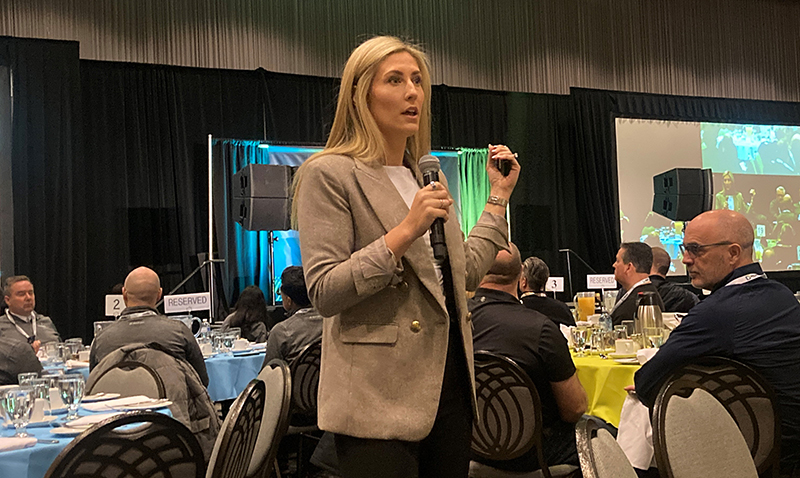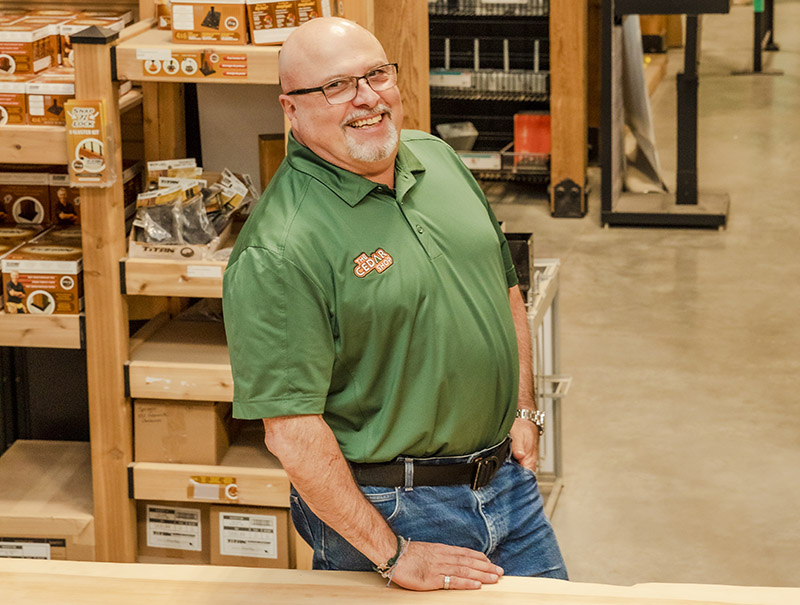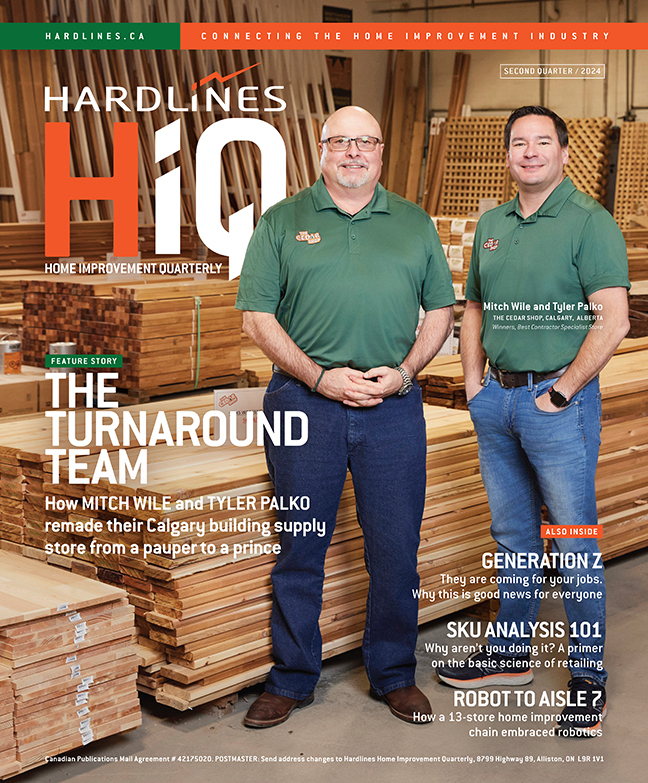By HR and health & safety consultancy Peninsula Canada
With spring and upcoming long weekends around the corner, people are starting to plan out their long-awaited summer vacations. How can employers handle the surge in vacation requests, while keeping everyone happy?
Start with a policy for requesting vacations days. This policy needs to clearly outline the process for requesting time off. By explaining the process, you are demonstrating transparency and fairness to all employees. Employers may want to include how far in advance staff must book vacation. Or how many employees can take time off at the same time.
Have an accessible shared holiday calendar. It will help staff avoid any vacation clashes. It would also be useful for employers to highlight blackout period dates, when no one can book time off.
Consider a first come, first served policy. Employers could also implement a “first come, first served” policy that will help make managing vacation requests easier. However, it could cause issues if not done properly
There are certain holidays such as Christmas where many staff would want to take leave. To avoid a surge in requests for the same dates, employers can come up with creative ways to divide popular holidays/days. For example, employers can implement a rotational system where everyone can take turns taking time off for certain days, making it fair for everyone.
Incentivize employees who are open to booking time off during quieter periods. An alternative method to manage a sudden influx of vacation requests is to incentivize employees who are open to rescheduling their time to quitter weeks. This incentive may include giving staff an extra day off or half-day. Some companies might also provide the flexibility to carry forward vacation days, in line with legislation in your jurisdiction.
Peninsula is a trusted HR and health and safety advisory company, serving over 6,000 small businesses across Canada. Clients are supported with ongoing updates of their workplace documentation and policies as legislation changes. Additionally, clients benefit from access to a 24/7 employer HR and OHS advice line and coverage on legal through the Peninsula Protect service promise.

 Martina Pileggi is senior director for North American Business Partners at The Hillman Group, a fastener producer for the hardware, automotive, plumbing, and electrical markets.
Martina Pileggi is senior director for North American Business Partners at The Hillman Group, a fastener producer for the hardware, automotive, plumbing, and electrical markets. The Building Supply Industry Association of British Columbia (BSIA) has launched a pioneering mentorship program. It aims to address the challenges posed by the industry’s dynamic landscape, especially with numerous business owners entering retirement.
The Building Supply Industry Association of British Columbia (BSIA) has launched a pioneering mentorship program. It aims to address the challenges posed by the industry’s dynamic landscape, especially with numerous business owners entering retirement. The Western Retail Lumber Association’s latest annual Building & Hardware Showcase, held in Winnipeg last month, featured a dynamic keynote speaker. Lauren Johnson is a mental performance coach and public speaker who has worked with top professional athletes, including the New York Yankees baseball team.
The Western Retail Lumber Association’s latest annual Building & Hardware Showcase, held in Winnipeg last month, featured a dynamic keynote speaker. Lauren Johnson is a mental performance coach and public speaker who has worked with top professional athletes, including the New York Yankees baseball team.
 Tom Newton is an executive coach. As head of
Tom Newton is an executive coach. As head of  Mitch Wile is the president of The Cedar Shop, a Sexton-affiliated contractor store in Calgary. He’s spent 51 years in the home improvement retail industry. With plans to retire next year, Wile decided to pay back the industry that has been so good to him. That’s why he provides mentoring for two high school students every year in an innovative internship program.
Mitch Wile is the president of The Cedar Shop, a Sexton-affiliated contractor store in Calgary. He’s spent 51 years in the home improvement retail industry. With plans to retire next year, Wile decided to pay back the industry that has been so good to him. That’s why he provides mentoring for two high school students every year in an innovative internship program. Pierre Battah is an award-winning author and workplace leadership specialist. He is a long-time workplace columnist for CBC/Radio-Canada, a TEDx presenter, a former senior manager in HR, and was previously an associate professor in management. He holds an MBA and several professional designations. He is the new executive-in-residence and moderator at the Wallace McCain Institute for Entrepreneurial Leadership, and he recently received Rotary International’s highest distinction, the Paul Harris Award for outstanding contribution to the community. Battah’s book, Humanity at Work, Leading for Better Relationships and Results, won gold at the U.S. Nautilus Book Awards in 2020—and is a great read.
Pierre Battah is an award-winning author and workplace leadership specialist. He is a long-time workplace columnist for CBC/Radio-Canada, a TEDx presenter, a former senior manager in HR, and was previously an associate professor in management. He holds an MBA and several professional designations. He is the new executive-in-residence and moderator at the Wallace McCain Institute for Entrepreneurial Leadership, and he recently received Rotary International’s highest distinction, the Paul Harris Award for outstanding contribution to the community. Battah’s book, Humanity at Work, Leading for Better Relationships and Results, won gold at the U.S. Nautilus Book Awards in 2020—and is a great read. 